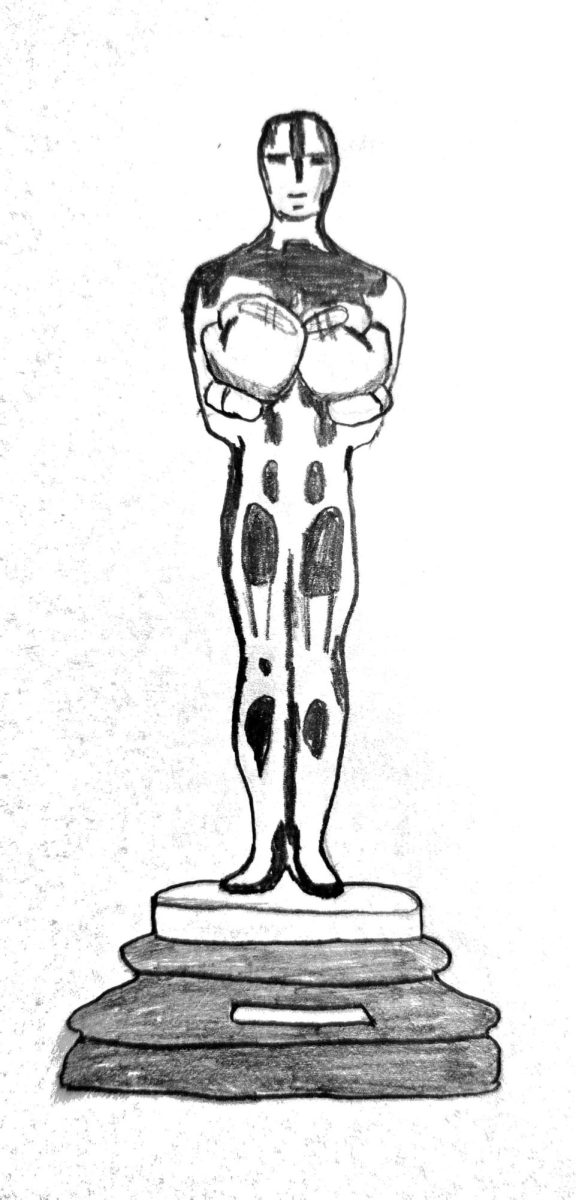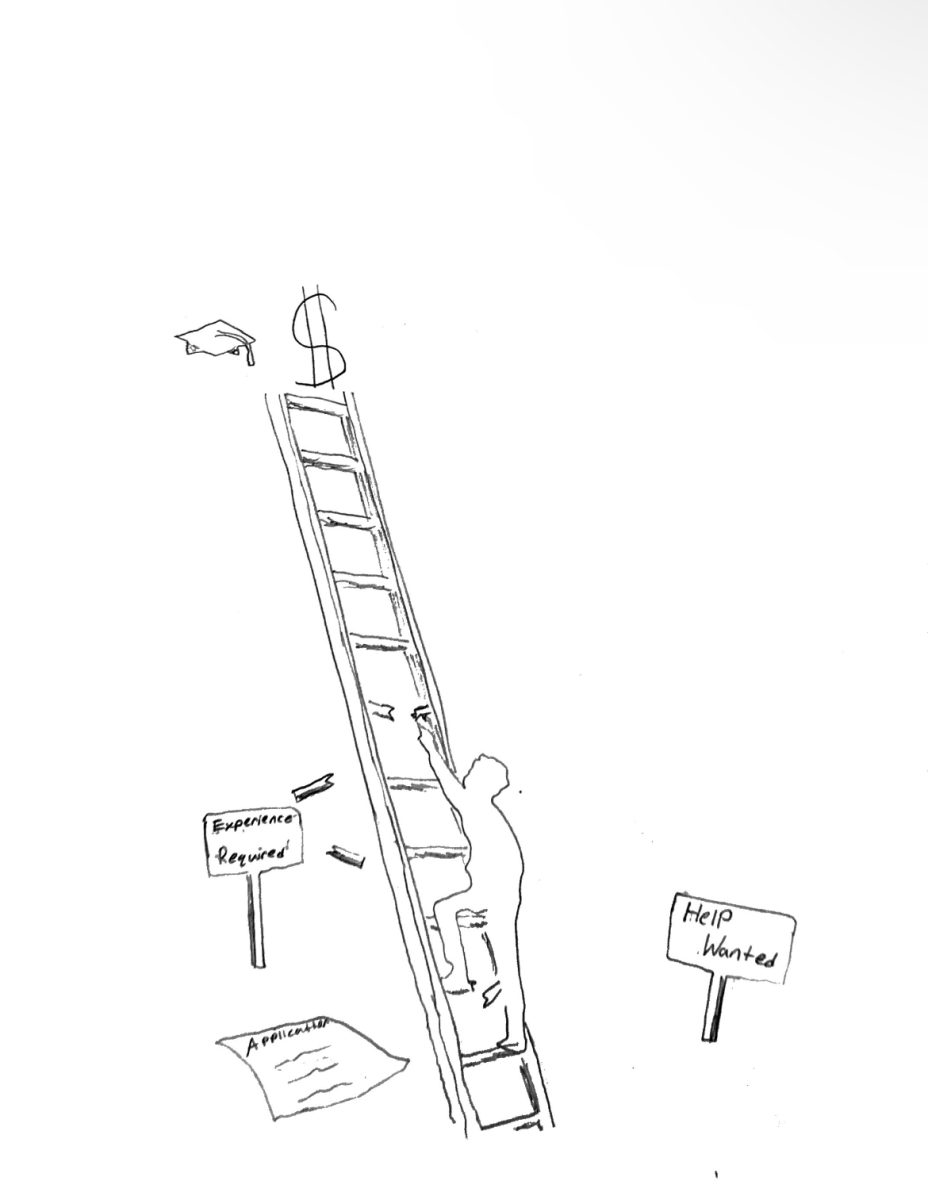Every February, Redwood students’ inboxes flood with emails titled “Course Requests Due!” Evidently, this time period is a stressful one. Counselors’ calendars are stuffed with scheduled meetings, Advanced Placement (AP) classes host informational meetings and students can’t stop comparing class lists.
As overwhelming as course selection is, there really aren’t that many options to choose from. Sure, you have your pick between 15 AP classes, and if you want a free first period or a free seventh. There are, at most, two slots available for exploring passions and interests that aren’t entirely academic. Because of the rigid structure that most high schools have, including Redwood, students are not offered the opportunity to discover passions until after graduation. Some of this structure is necessary, as it allows students to fulfill course requirements and compile an understanding of foundational subjects, but a lot of it is not beneficial. Redwood should encourage student choice in their senior year by reducing the number of academic requirements to allow for additional exploration.
The National Center on Education and the Economy (NCEE) created a policy that called for the redesign of public education that would allow students to leave high school at the beginning of their junior year. NCEE has recently worked on implementing the program in Maryland schools so that all necessary curricula would be taught by the end of 10th grade. Kalman R. Hettleman, a member of the Maryland Commission on Innovation and Excellence wrote, “This groundbreaking plan, if implemented well, could catapult Maryland to the top among states and on par with the best performing school systems in the world.”
The design of this program allows for the use of instructional systems that enable students to become college-ready halfway through the typical high school career length. Those who meet the standards are given multiple pathways, such as dual-enrollment programs that can lead to associate degrees or college credits, career opportunities or even exiting high school early and spending time exploring passions, such as traveling or the environment.
It’s obvious that establishing this system in all high schools is far from likely. However, its goals should be strived for across the nation. Mimicking this style of education could lead to a multitude of benefits. Experiential learning offers students real world opportunities to gain skills that will apply to their futures. For example, some schools require seniors to obtain an internship during the school year, which, according to the American Student Assistance report, helps to build communication and leadership skills.

The addition of these skills can soften the transition to college, according to Joe Nannini, the director of clinical experience and assessment at the College of Education and Human Development at the University of Nevada — Reno.
“The more prepared a student is when they enter college, the easier of a time they will have adjusting to the rigors of college-level academics as well as social pressures,” Nannini said in an interview with U.S. News. “From my experience, students who were involved in extracurricular internships during high school have a fairly distinct head start.”
A flexible end to one’s high school career doesn’t just impact those planning to go to college. Many typical high school curriculums don’t address careers that don’t require time in a classroom or a degree. While most assume the majority of students do continue their academic journey at a university, only 44 percent of high school graduates immediately enroll in a four-year school. And, almost a third of them drop out before sophomore year.
Despite popular Redwood belief, college is not a necessary step to success and high school opportunities should reflect this. Many jobs at Google, such as data analytics, project management and IT automation use certification programs, which are a series of coursework and tests to show mastery of skills. Moreover, career paths in technology, non-profits, corporations, etc., have unique prerequisites but most high school programs don’t give students the time to explore them. Implementing a senior year structure that can be more personalized would give students who don’t feel connected to the college route the ability to discover other options.
Redwood and the Tamalpais Union High School District already offer more than the average school district. Tamiscal offers a Pathways program that gives students choices in their educational careers and encourages them to explore interests. However, Pathways can take away from the typical high school experience and doesn’t fit everyone’s desires for an alternate education.
Senior year should be used as an opportunity to pursue and expand on interests. Those planning to become a biologist do not need two semesters more of English. Instead, they should be experiencing science in the real world. Students who don’t desire to continue their academic career past high school should spend time exploring other options instead of being subjected to material that doesn’t apply to them. Altering the way education is structured could vastly impact student success in their post-school life.







